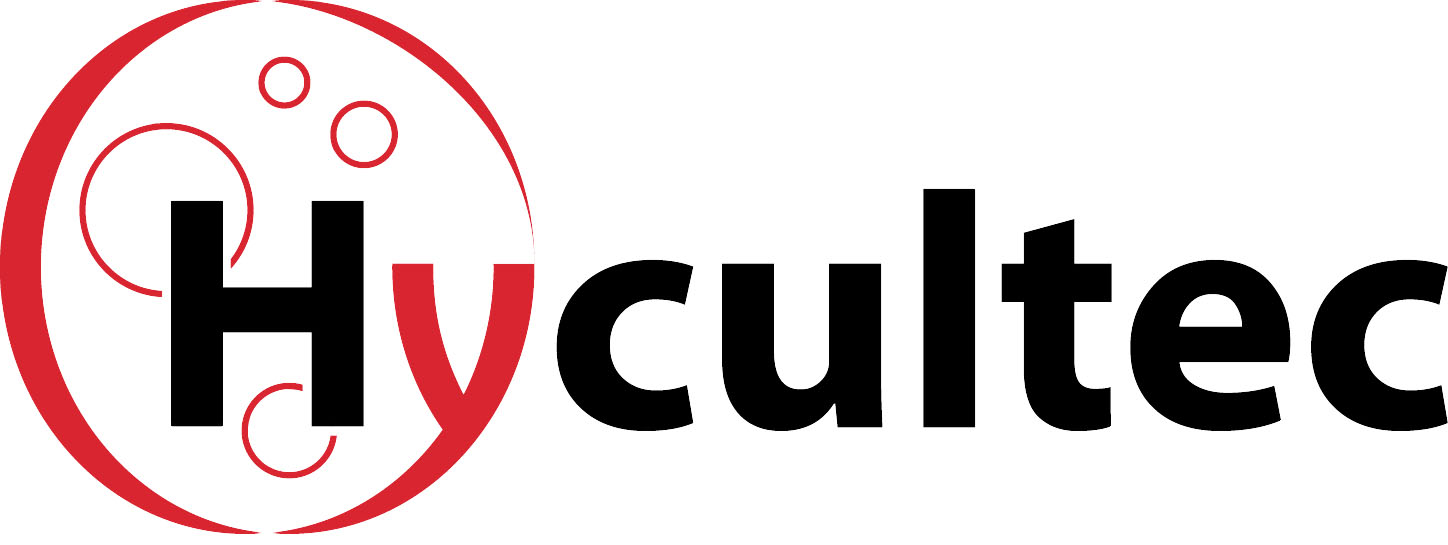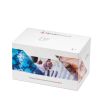TCC, Human, mAb aE11 – 500 µg - HM2167-500UG
Quantity
0.5 mg
Catalog #
HM2167-500UG
1.245,00 €
Monoclonal antibody aE11 reacts with a C9 neoantigen of the terminal complement complex (TCC).
The three distinct activation pathways of complement converge with the formation of a C5 convertase. The cleavage of C5 by this convertase initiates the lytic or terminal pathway. In contrast to the activation pathways, which require enzymatic cleavage for activation, the terminal pathway relies on conformational changes induced by binding. Binding of C6 facilitates binding of C7 which alters the conformation of the complex.
After binding of C8, a variable number of C9 molecules associate with the C5b678 complex, which is also termed- the terminal complement complex (TCC). The formation of TCC causes lysis of cells or can trigger a variety of cellular metabolic pathways resulting in the synthesis and release of inflammatory mediators. The TCC contains neoantigens that are absent from the individual native components.- C9 neoantigens are present both in the membrane-bound (MAC) and the fluid-phase (SC5b-9) complex. TCC is present in normal human plasma and increased in patients with complement activation.
The three distinct activation pathways of complement converge with the formation of a C5 convertase. The cleavage of C5 by this convertase initiates the lytic or terminal pathway. In contrast to the activation pathways, which require enzymatic cleavage for activation, the terminal pathway relies on conformational changes induced by binding. Binding of C6 facilitates binding of C7 which alters the conformation of the complex.
After binding of C8, a variable number of C9 molecules associate with the C5b678 complex, which is also termed- the terminal complement complex (TCC). The formation of TCC causes lysis of cells or can trigger a variety of cellular metabolic pathways resulting in the synthesis and release of inflammatory mediators. The TCC contains neoantigens that are absent from the individual native components.- C9 neoantigens are present both in the membrane-bound (MAC) and the fluid-phase (SC5b-9) complex. TCC is present in normal human plasma and increased in patients with complement activation.
| Datasheet URL | https://www.hycultbiotech.com/wp-content/uploads/2022/06/coa-tds_hm2167-20ug_1.pdf |
|---|---|
| Quantity | 500ug |
| Quantity | 0.5 mg |
| Species | human |
| Cross reactivity | Horse - Yes, Pig - Yes |
| Alias | Terminal complement complex, MAC complex, complement membrane attack complex, sC5b-9 complex. |
| Application | Flow cytometry, Frozen sections, Functional studies, Immuno assays, Immuno fluorescence, Paraffin sections |
| Precautions | For research use only. Not for use in or on humans or animals or for diagnostics. It is the responsibility of the user to comply with all local/state and federal rules in the use of this product. Hycult Biotech is not responsible for any patent infringements that might result from the use or derivation of this product. |
| References | 1. Mollnes, T et al; Quantification of the terminal complement complex in human plasma by an enzyme-linked immunosorbent assay based on monoclonal antibodies against a neoantigen of the complex. Scand J Immunol 1985, 22: 197 2. Mollnes, T et al; Monoclonal antibodies recognizing a neoantigen of poly(C9) detect the human terminal complement complex in tissue and plasma. Scand J Immunol 1985, 22: 183 3. Pettersen, H et al; Human alveolar macrophages synthesize active complement components C6, C7, and C8 in vitro. Scand J Immunol 1987, 25: 567 4. Berstad, A et al ; Epithelium related deposition of activated complement in Helicobacter pylori associated gastritis. Gut 1997, 40 :196 5. Stewart, M et al. Antiphospholipid antibody-dependent C5b-9 formation. BJH 1997, 96:451 6. Meuwissen, M et al. Colocalisation of intraplauq C reactive protein, complement, oxidised low density lipoprotein, and macrophages in stable and unstable angina and acute myocardial infarction. J Clin Path 2005, 59:126 |
| Disease | Infectious diseases, Nephrology |
| Application: | Flow cytometry Frozen sections Functional studies Immuno assays Immuno fluorescence Paraffin sections |
|---|




